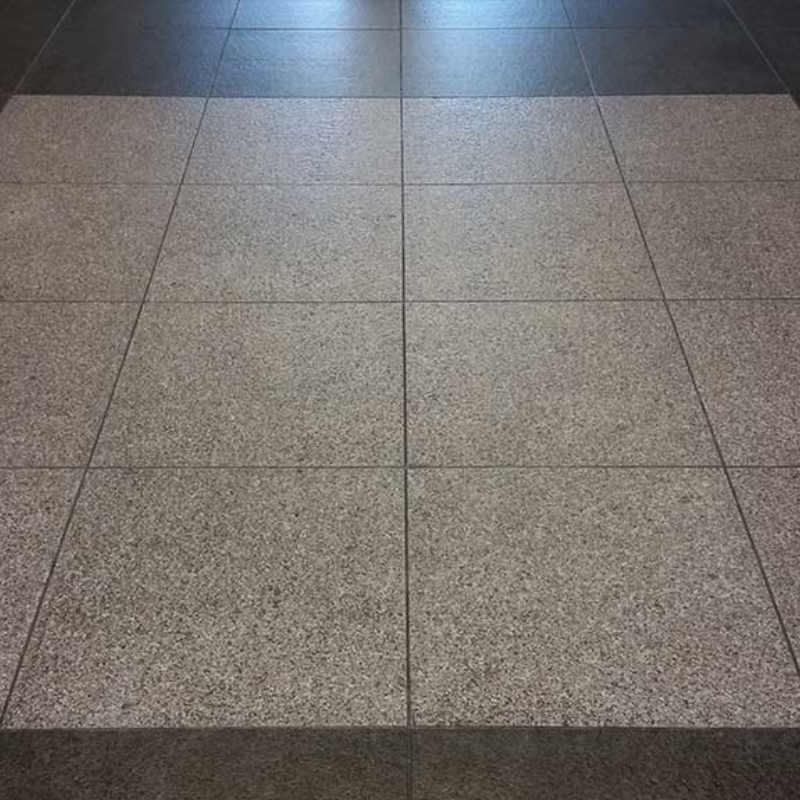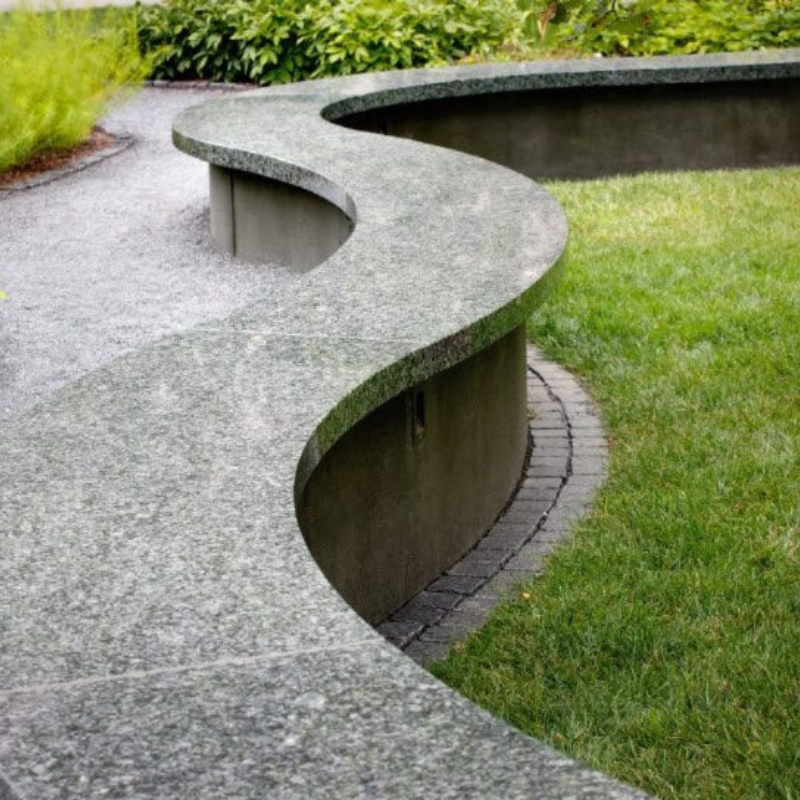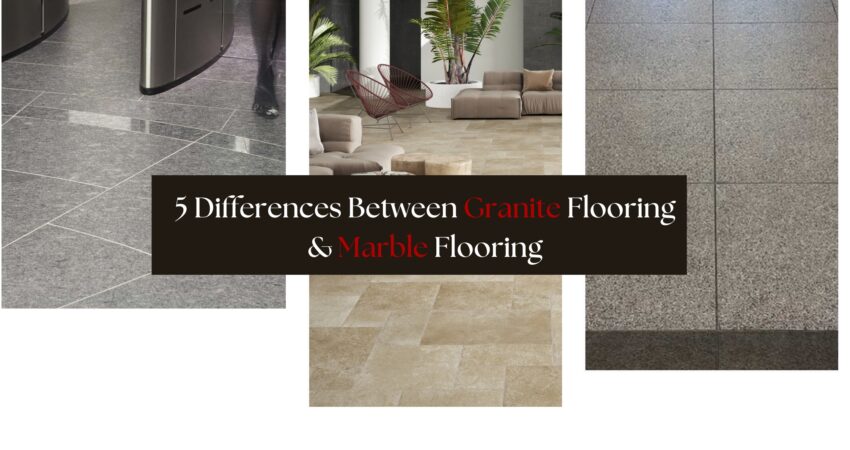Marble or Granite flooring? What is the differences?
Choosing the right kind of flooring is a crucial aspect for homeowners or architects. Among the numerous options, natural stones like granite and marble stand out due to their classic beauty, durability, and luxury appeal. They have both graced large palaces and modern homes for decades, providing unique qualities that can make a significant impact on the look and function of a room. However, while both are natural and luxurious, granite and marble also have differing qualities that make them better suited to different uses and tastes.
By the end of this blog, you will know which natural stone is most suitable for your project, so that it not only appears great but also stands the test of time.
1-Hardness and Durability In Selecting Marble and Granite Flooring
Strength is typically highly valued, particularly in high-traffic zones. Granite and marble are both famous for being durable, yet upon closer inspection, there are significant differences in their hardness and resistance to damage.
Granite: Often spoken of as one of the hardest natural stones, granite has extremely high durability. Its tightly packed grain structure makes it extremely resistant to scratches, chipping, and flaking. so granite flooring is usually choosen.
Marble: Although certainly durable and resistant, marble is somewhat softer than granite. This trait means that marble floors can endure for many years but might get worn out earlier in areas with high traffic.


2-Stain Resistance and Porosity
The stain and moisture resistance of a flooring material plays a critical role in its durability and appearance. Here, granite and marble differ because they have varying porosity levels.
Granite: Granite is famously known to possess one of the lowest porosities, making it almost immune to liquids and stains. Its solid, tightly knit crystalline nature allows very little liquid to seep in, and this is why it’s commonly suggested for bathroom vanities and kitchen countertops. so granite flooring is usually choosen.
Marble: Marble, by contrast, is more porous than granite, with a greater tendency to absorb liquids and thus more likely to stain. While it does not absorb large amounts of water, it may absorb some, and acidic substances like fruit juices, wine, or vinegar can etch its surface, leaving dull spots or permanent stains if not cleaned up at once.


3-Appearance and Aesthetics
Granite and marble are attractive, and this is one of the primary reasons why individuals select them. Every stone has a style of its own that can significantly transform the ambiance of a room.
Granite: Granite typically possesses a speckled or granular appearance, a result of the interlocking mineral crystals. The designs in granite are generally more uniform and less dramatic than those in marble. They typically appear as tiny dots, lines, or turns of various colors. Various minerals such as quartz, feldspar, and mica cause the numerous colors of granite, which range from soft grays and blacks to, greens, and browns. so granite flooring is usually choosen.
Marble: Marble is celebrated for its luxurious and elegant look, with distinctive, often dramatic veining patterns. These veins are created by mineral imperfections that transformed during the metamorphic process, forming distinctive and intricate patterns that are impossible to replicate.


4-Maintenance
Taking care of natural stone floors like granite flooring is very important for their looks in the long term and your satisfaction. Both granite and marble need care, but since they are different, they need different ways of caring specially granite flooring.
Granite: Granite is easy to maintain as it is hard and waterproof. For the most part, wiping them down with a gentle cleanser and a soft cloth or mop will be enough to keep them in great shape. so granite flooring is usually choosen.
Marble: Marble is softer and more porous than other floors, thus needs gentle and regular cleaning. Sweep or clean them daily with a pH-balanced cleaner so that dirt and grit do not scratch the floor. Spills, particularly acidic substances, need immediate cleaning to prevent damage and stains.


5-Temperature Control
Natural stone floors can influence the temperature of a room, which can be particularly significant in certain climates. Granite is a decent conductor of heat, meaning it will take in and hold heat from underfloor heating or sunlight. It will not, however, cool things down like marble will. Its ability to hold the heat gives it a steady temperature, which can help regulate indoor temperatures but will not chill a room. Granite in cold places can be an appropriate option with heating systems because it possesses high heat transfer and spreading capabilities. so granite flooring is usually choosen.
Marble is quite renowned for its natural cooling property, and thus, it is an excellent choice in hot climates. It will remain cool to the touch, even in hot weather, since it dissipates heat very quickly. Marble flooring is also a good option in scenarios where one desires to keep the indoor temperature bearable without spending too much on air conditioning.
Conclusion
Granite and marble are both beautiful and sophisticated-appearing when they are installed as flooring. They both have their pros and things to consider. Your final decision will depend on numerous variables, including what you like, how you plan to use the room, your lifestyle, and how much effort you want to put into it.
Finally, understanding these five unique differences—durability, porosity, appearance, maintenance, and temperature regulation—will allow you to make a highly informed decision that fits your vision and functional needs, ensuring your flooring choice brings beauty to your home for years to come.
